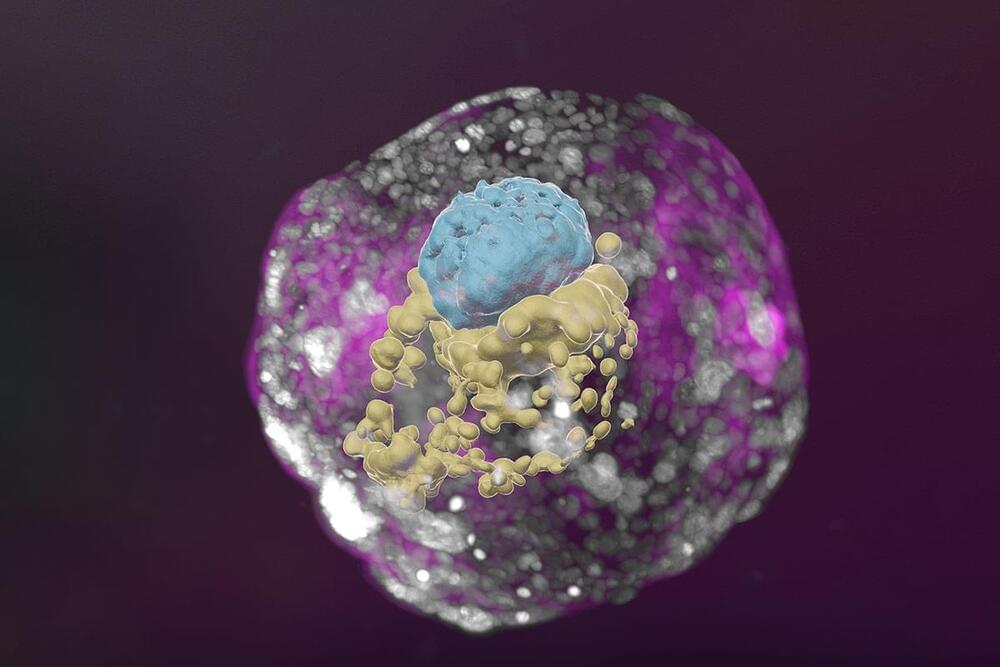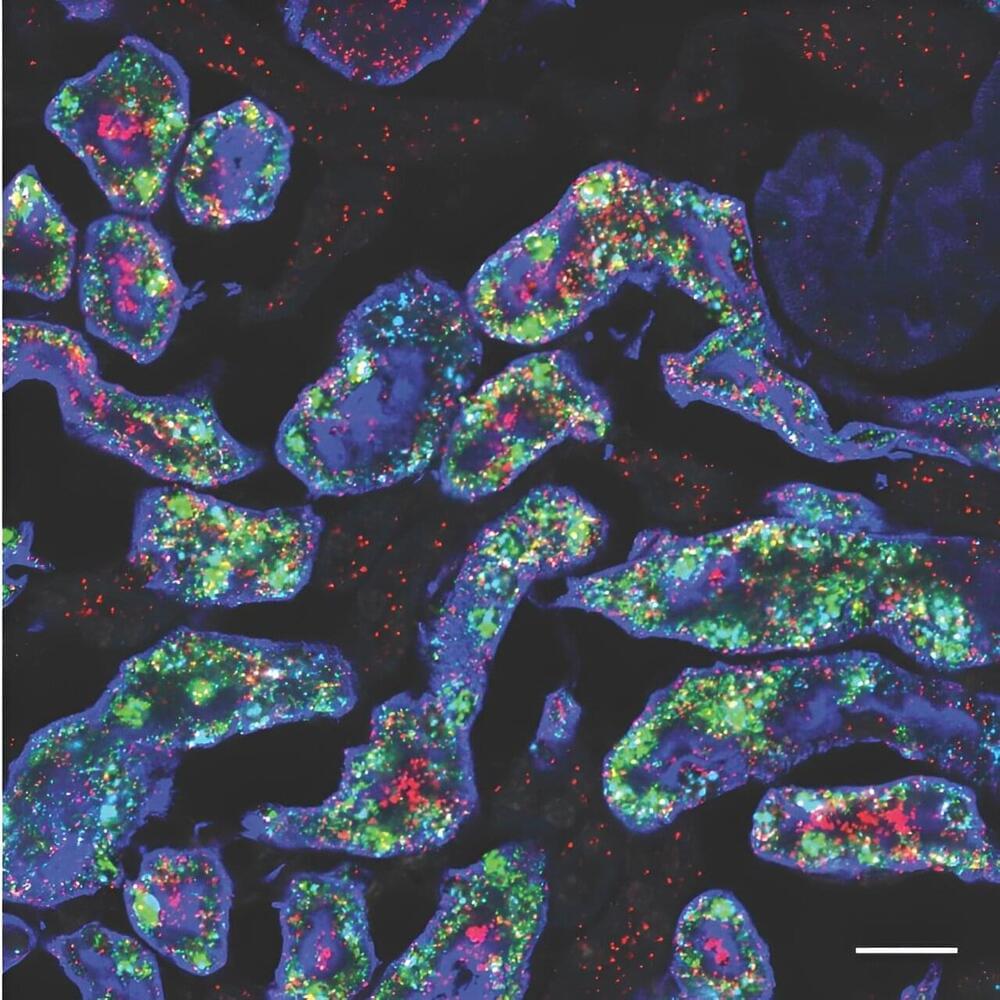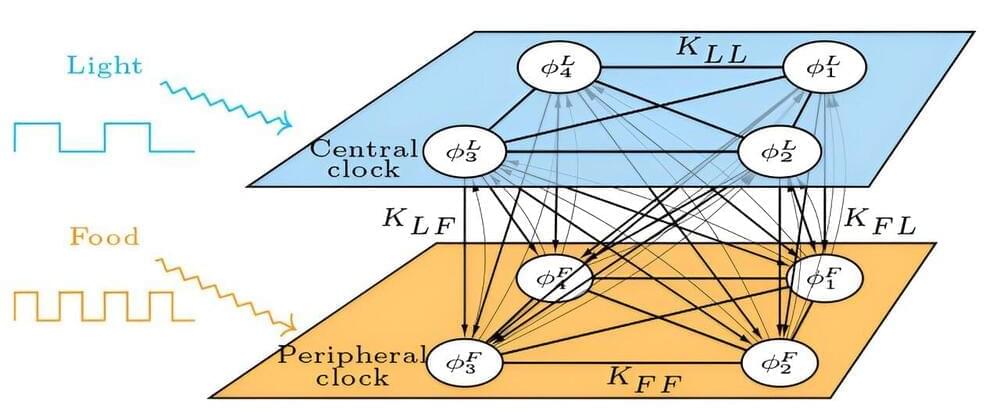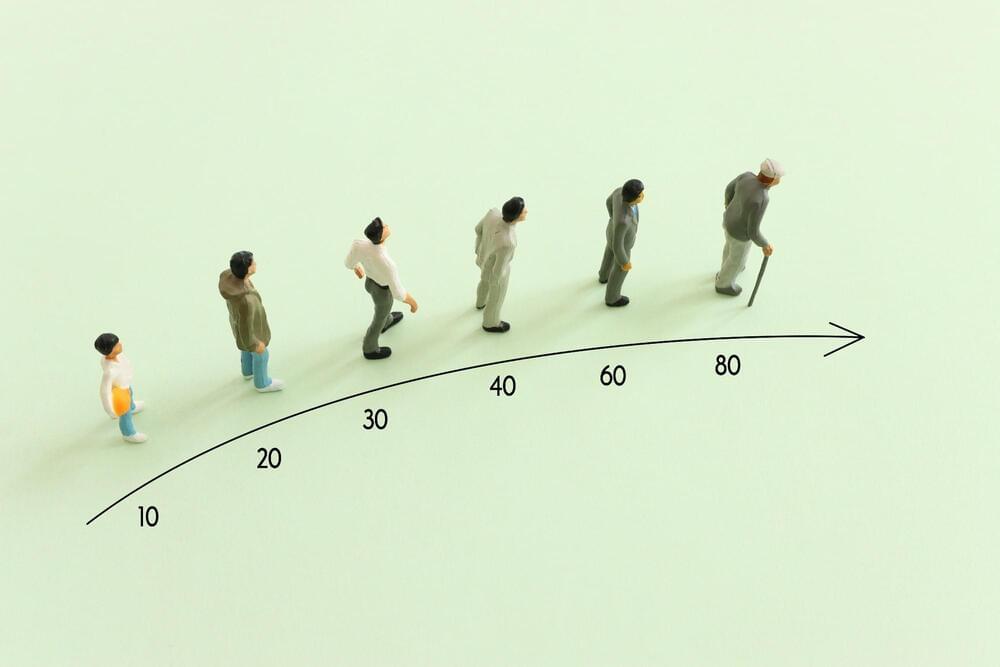“Preserve health, prevent disease, prolong healthspan,” begins the mission statement of the Kitalys Institute. Lofty goals indeed from the not-for-profit organisation behind the annual Targeting Metabesity conference and a range of initiatives to translate longevity science into genuine public health gains.
Longevity. Technology: The vast majority of companies developing therapeutics in the longevity field are adopting strategies that involve targeting specific indications rather than aging itself. And well they might, because there is currently no precedent for drugs targeting aging at regulatory bodies like the FDA. Kitalys wants to change that, and we caught up with the institute’s founder Dr Alexander “Zan” Fleming to find out more.
An endocrinologist by training, Fleming is well qualified to take on the regulators. He spent more than a decade at the FDA, where he led the medical reviews that resulted in approval of drugs including metformin, as well as the first statin, insulin analogue and PPAR agonist.







